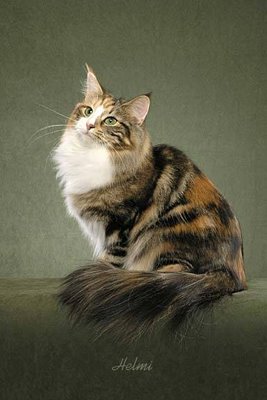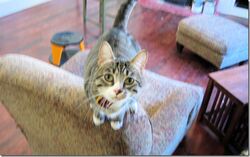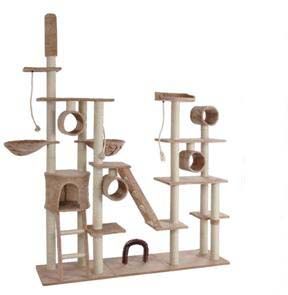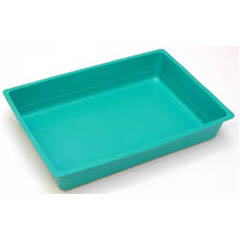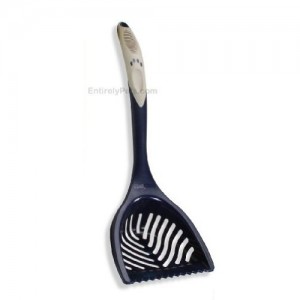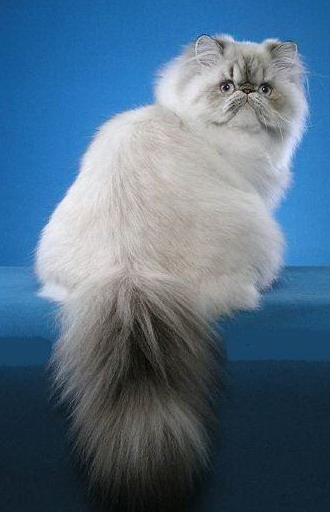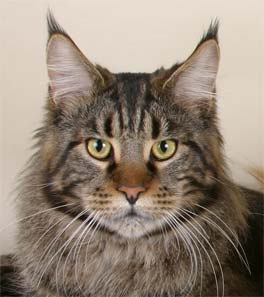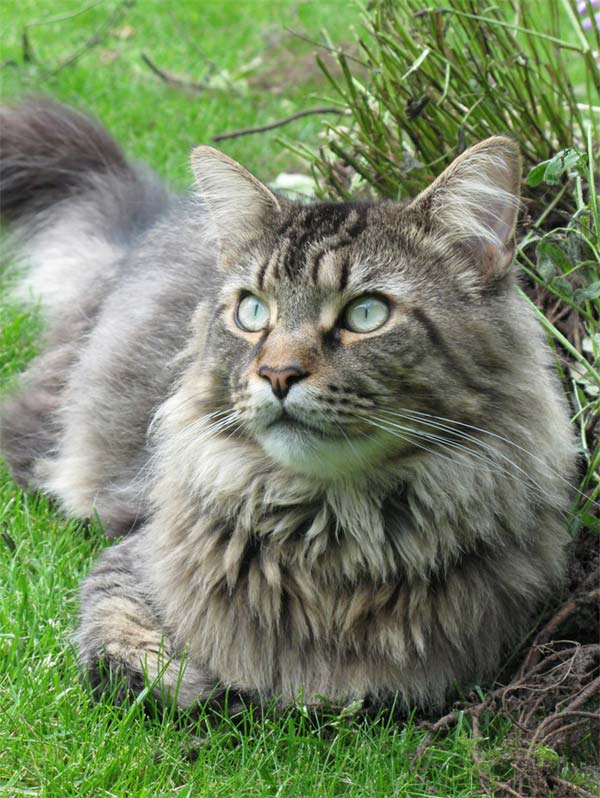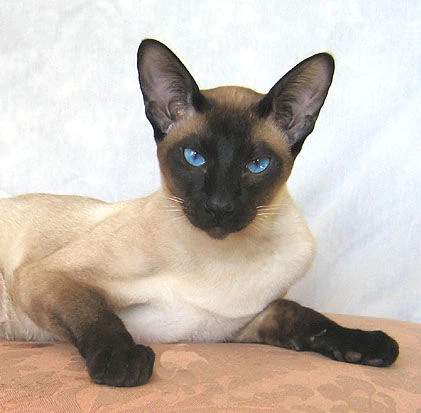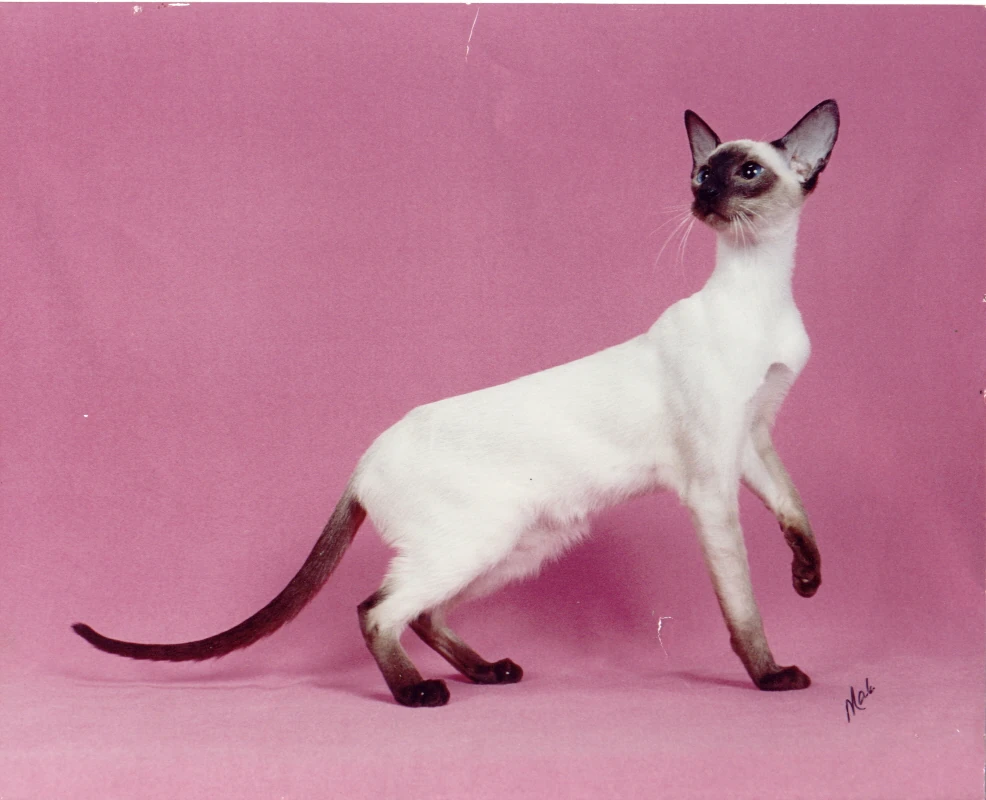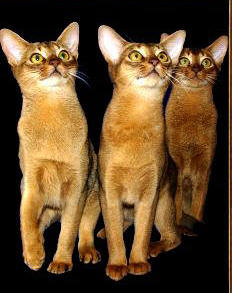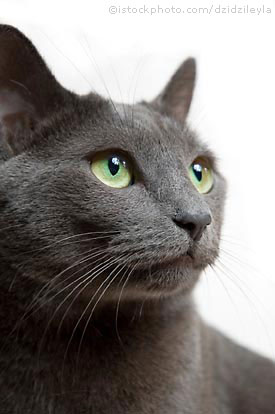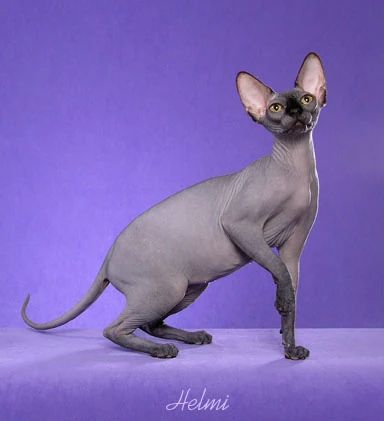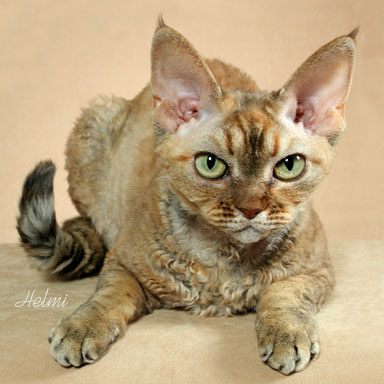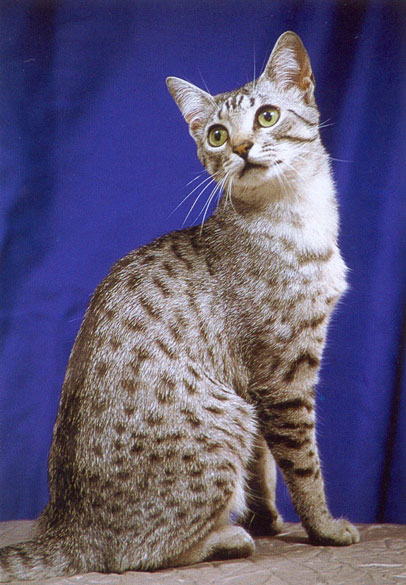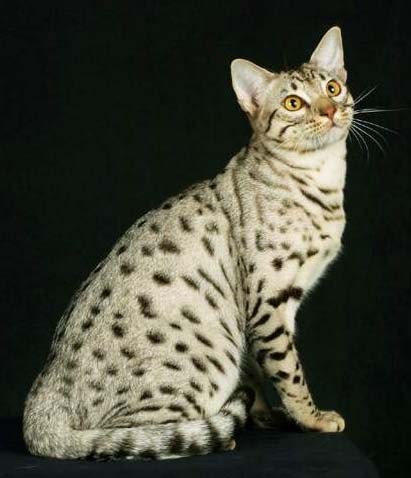Cats have been in our world for hundreds of years since domestication. We have offered our homes, love and care as well as intervention(Breeding) to creat these lovable species. Cats evolved from big cats and were domesticated over years ago which started of with cats coming into contact with people as they began to associate people with mice rodents amongst hay grass and crops. People took advantage of the cats skills of hunting pest rodents like mice and used them as a source of vermin control. Today cats have since then evolved from resting in high tree tops to our laps. Cats may have undergone domestication, but wild instinct still runs in them today, and as we play with them, the wild senses a triggered.
Caring for a cat
Undertaking cat ownership may seem fun, but a lot of responsibility is required around the corner of all the enjoyment our furry friends give us. Knowing how to take very good care of your pet cat is the key which opens the very first door to a happy life together. Before adopting or taking in a cat, one should first consider the options of not only veterinary associated facilities but also the other facilities which contribute to your cats well being like safe and suitable environment as well as the time available for loving and caring for him/her. The following are the main structures to come up against when deciding cat ownership:
Environment
Some people just take in cats only thinking about their happiness of having their furry friend and don't put the cats happiness to high consideration. This may result in cats simply choosing to run away. Cats posses a keen sense of comfort and just like people, they do have location and residential preferences. An ideal environment for a happy kitty should start from inside the house, many different cats have different personalities. Some cats adjust well to almost every home, but others, just like people, have finicky choices. It may also reflect back to the cats back round. Cats originated from feral lifestyles, if managed to be tamed, typically prefer homes with a wide run to associate it with being in the wild. Meanwhile some cats who were born domesticated prefer nothing like sitting on a window perch, on a couch or on your lap for stroking. Generally the ideal internal home environment should be safe and feel secure. It means that your home should be clean, ridden of all wall cracks for escape roots. The home should have one or two window perch for the cat to enjoy sunbathing which is what they love to do. If you woul prefer your cat to stay indoors most of the time, then a balcony would suite perfectly, you can adjust it by putting two bowls of water there, some toys and take a spare bowl of dry food and place it there as well. This makes sure that your cat feels at home where ever she/he is, and since cats enjoy petrolling balconies, some home adjustment as stated above, will suite well. One could also just simply place her toys and a blanket for her to enjoy her stay out whilst steel being indoors under your watchful eye. Cats enjoy being couch potatoes at times and a place to nap during the hottest part of the day like a couch, would be appreciated. As an owner, its our responsibility to ensure that all poisonous liquid and gadgets are locked away to ensure the safety of our cats. Cats enjoy snuggling on the bed and will often do so. However, other snuggly places, like the washing machine, could also be to tempting for your cat to resist sleeping there. So before doing laundry, check that kitty is not by chance hiding in there. If your home contains high vantage points then your cat would surely enjoy perching there looking at his surroundings. No need to be stressed on finding a suitable high perch for your cat, just your ordinary cupboard will do just fine. If your cat often visits other parts of your home, like by chance, the garage, then ensuring that there are no dangerous equipment and poisonous gadgets will suit your cat well. Making sure that each part of your home is cat friendly, like all the things mentioned, will ensure a happy cat.
Your Environment may also, and very importantly, include your garden. If your home does have a garden , then ensuring a cat friendly garden should be a high priority. Cats love to venture into gardens and just seeing them through your window looks like your cat is in the garden of Eden. However there are safety precautions to be taken. Firstly, its starts with plants. To you, exotic plants adds beauty to your garden from the coloration and design, but to your cat some plants may prove poisonous. Getting rid of all poisonous plants will prevent any hazards from happening like your cat having swallowed a poisonous toxic plant material or getting allergies from some plants in habiting your garden.
The following plants are to be removed if you allow your cat access to your garden to ensure their safety, they may be dangerous to cats:
(a)Cactus
(b)Daffodils
(c)Dieffenbachia
(d)Hemlock
(e)Hyacinth
(f)Iris
(g)Ivy
(h)Lily
(i)Narcissus
(j)Oleander
(k)Poinsettia
(l)Potato leaves
(m)Sweet Pea
(n)Tobacco plant
(o)Tomato leaves
(p)tulip
Safety may also include a secure garden with secure fencing, to ensure your cat is safe from common hazards. Cats will often jump on top of walls to check out the neighbor next door. This may not always be a big cause for concern as cats always find their way back if they want to, but ensuring your cat stays on your part of your garden is always better. By providing stimulations for your cat like putting toys out for him or natural features like birds around the garden will keep your cat entertained for hours and and will repel any interest of going to other dangerous places like the neighbors dogs next door or getting into a territorial fight with other cats roaming around. If both your internal and external environment is well suited and cat friendly, like all the things mentioned, then you are sure to have a happy and well adjusted kitty.
Veterinary Checkups
Cats need to go to the vet like all animals. Ensuring a safe environment may keep your cat happy and stimulated, but ensuring her health is also to be taken into high consideration. Cats should get their checkups to the vet from early age, usually 8 wweks old. Before bringing your cat/kitten home, first ensure that you have the medical bills available for his welfare. The best thing to do is to visit a local animal hospital and start by building a first appointment just when your cat, especially a kitten, gets home. This way you will ensure that she gets the very best start to a happy future. If not at that very moment, then one may still book an appointment later on after allowing your cat to settle in, but it must be done to prevent your cat from facing health hazards. Cats should be vaccinated to prevent the main infections:
(a)Rabbies
(b) Feline Tuberculosis
(c) Feline Leukemia Virus(FLV)
(d) Cat Flu( Sniffles)
(e) Feline Distemper.
By ensuring your cat is healthy and well, the result will be a longlasting hapy relationship with your feline friend.
Time
Your cat will need to spend a lot of quality time with you as the owner. Theres no point in adopting a cat and just maintaining all aspects to his wellbeing but not spending time with him like play sessions( no matter the age, all cats love to play), and pats and strokes. This will result in him not being used to human contact and may turn feral. By devoting even 15 minutes of your time to play with her with cat toys, pats and lap strokes, your cat will be content knowing that she is cared for and builds an even stronger relationship between you and your cat. If one will be away from home all day, then two cats will be a solution from leaving your cat bored at home all day. In case of your cat being a territorial type and not fond or prepared to tolerate other cats, then another person may keep him company untill you return.
Things to buy for your cat
Coat Colorations
Cats have many coat types. The coloration on the cat depends on genetics. Solid colors like black, red, grey or white are the result of these colors being the dominant gene, which means that they overpower other genes( eg, if the mother cat is a Tabby and the father is a blck cat, then the kitten will most likely come out black as a result of the blck gene being dominant.(but this is'nt always the case). Colors like Tortoise shell are the result of the combination of two genes together , which results in a red and black patched coat. The tortoiseshell coloration is almost always found in a female cat as they are the only gender in which two different color genes can combine. In males, only one coloration may occur as a result of only one gene being dominant. If a male cat does come out to have a tortoiseshell coat coloration, then he will most likely have deficiencies like sterility. The calico coat coloration is formed in the exact way as the tortoiseshell coat with the exact principals, but on this coloration there is more white on the female cats body. The tabby coloration is the most popular, there are three different tabby coats, the mackerel coat(Stryped), ticked coat(lightly seen strypes in the form of few spots) and the classic coat(big blocks of spots). The point colorations include a cat with most of its body white and only his/her face, legs, ears and tail have got coloration.
Solid Coat
Solid coats are where by the black, grey or white color genes are dominant.
Tortoise Shell Coat
The tortoise shell coats are where by two different color genes are combined on cat. The two colors are always black and red, there fore you get a cat with a patched coat of black and red spots. The combination of these two particular gene colors can only occur on a female cat, therefore almost all tortoise shell coated cats are females. Males that do occur are usually sterile.
Torbie Coat
The torbie coats are where by patches of both red tabby(ginger) and brown tabby are found on the coat of cat. Just like the tortoise shell gene, both the genes of these two particular colors can only be found on a female cat.
Calico Coat
The Calico coat is where by patches of red(orange) and black are found on the coat of a cat. In this case, most of the body of the cat has white coloration. Like the tortoise shell, these coloration can only be found on a female cat.

Point Coat
The point coat is where by most of a cat's body has a lighter color and the darker version of that color is only found on the face, legs, ears, a little bit on its back and on his/her tail.
Tabby coat
The tabby coat is where by the cat has a coat molded in either stripes(mackerel tabby), small hardly apparent stripes(Ticked tabby) or large blocks of spots(Classic tabby).
Van Coat
The van coat is where by the cats body is white in color and only its forhead(crown) between his/her ears and his/her tail has a different color.
Breeds
Human intervention as well as natural selection has created some of the most unique breeds documented, from very hairy cats to the hairless felines, all shown. You will also learn about cat coat genetics to find out what makes a cat black, white, calico, tortoise shell, tabby, etc...... . Remember, the information given below about a breed is only the general knowledge of the breed, all cats have different personalities, and like your cat home, they may not behave in the same way as the breed is known to.
Domestic Short Hair
Domestic Short Hair is normally used as a normal example of a cat. This breed evolved from wild cats adapting to human enroachment and natural selection without difference in coat length or body characteristics. The domestic shorthair varies in coloration and personality. The domestic shorthair was among the first breeds to be domesticated, meaning that all the new breeds originate from the main domestic shorthair.
Coat
The domestic shorthair has a short and dense coat which does not require alot of grooming. However they do shed their dead hair especially during spring so just a brush through once a week would be good to remove the dead hairs on the fur.
Temperament
The domestic shorthair likes nothing more than human company. They enjoy attention and will often follow an owner around the house. The love to be involved and will lend a hand, the cat equivalent of purring to chear you up at that moment. They are none territorial breed, unless neutered and do get along with dogs, other cats and other animals.
Persian
The Persian is the longest haired of the breeds. It originated from United Kingdom. The persian is an excellent example of a show cat. Its quiet placid nature and stamina make it easy to handle. The persian is recognised as a CFA breed(CAT FANCIERS ASSOCIATION breed). The persian is also among the breeds most resistant to cold weather through its long coat, concluding that the breed must have originated from high densisty and cold weather regions. People who choose to keep persians as pets should consider keeping the hair short for body temperature regulation.
Grooming
The persian cat requires daily grooming to keep the coat in good condition. Most cats groom themselves as well, but the persian has got so much fur that it requires assistance for grooming it. Persians are also a breed most receptive to hairballs from grooming their large heaps of fur, so to prevent hairballs and matting human intervention should be done be ensuring that you as an owner should groom your persian four times a week minimum.
Temperament
The persian is an affectionate breed which loves human company. It is a breed which would rather be an indoor cat rather than an out door cat. They prefer the roam of the house and are a good example of a lap cat. They follow their owners around the house and crave human affection and bond very strongly with their owners.
Coat
The persian has a long and very silky thick coat which requires a lot on maintenance. The breed requires grooming every four days per week, this prevents the fur from matting. Grooming the cat also prevents hairballs from occurring, particulary in longhaired breeds which cannot manage to groom their long coat by them selves.
Maine Coon
The Maine Coon is the largest of the breeds of domestic cats. The breed originated from the United states. The Maine coon has a long and thick luxurious coat with a body structure to match. It is a large cat and very much recognized as a CFA breed( CAT FANCIERS ASSOCIATION). The Maine Coon is a breed which originated from cold weathered regions and so is adaptable to cold climates, though the high density of the fur should be reduced in hot climates.
Coat
The Maine Coon has a very long and thick luxurious coat which requires high maintenance. Both the upper and lower coat are thick and should be demated from mats by regular grooming.In hot climates, the density of the coat(thickness of the coat) should be cut down to prevent over heating and making the cat uncomfortable, since the coat was designed to withstand cold climates in highland areas.
Grooming
For this breed, grooming is a high cause of concern as the coat could very easily become matted if left alone for more than a week. The breed must receive regular grooming four days a week minimum. The coat will also need to be washed once a month to keep the fur healthy.
Temperament
The Maine Coon is often given the title "Gentle Giant", which is a good accurate description. The breed is very friendly and tolerant of children and other animals. It is very out going and does not require a lot of attention seeking. The breed being large should be handled by owners experienced enough to handle it. The Maine Coon is a breed very attached to his/her owners and their home.
Birman
The Birman is breed originating from Burma. They are given the title "Sacred Cats Of Burma" due to their ancient existance. The Burman is a breed with long luxurious fur and a roung body. The breed is recognised by the CFA( CAT FANCIERS ASSOCIATION ). The breed is a pointed colored breed with white paws called Mittens. Like all pointed colorated cats, it has blue eyes which add to its well known characteristics.
Ragdoll
Somali
Siamese Breed
Bengal
Abbyssinian
Norwegian Forest
Russian Blue
Manx
Bombay
Sphynx
Devon Rex
Korat
Cymric
Egyptian Mau
Selkirk Rex
Snowshoe


